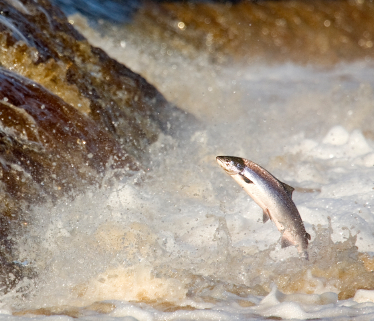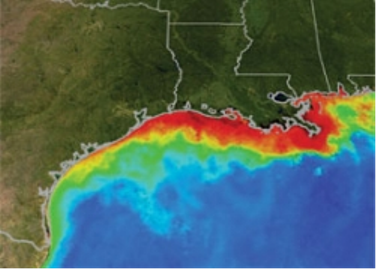First, the bad news. Human activities (and ok, maybe some bears) have reduced the numbers of salmon on the West Coast by 99%. The Nature Conservancy says that 300,000 coho salmon used to run upstream but that the number is below 5,000.
Now the good news: One of the threats to fish – pesticides used to grow crops that are destined to feed humans or farm animals – has been somewhat mitigated. Last week a federal judge upheld measures that the National Marine Fisheries Service set forth three years ago. These measures required some controls over pesticide use, but had been stonewalled, according to Judy Molland, by the pesticide industry.
credit: istockphoto
What you can do: Choose more organic foods – that will help reduce the amounts of pesticides poured into our environment. Support protection of natural streams and forests, so salmon have a healthy place to return to. Join creek restoration efforts. Oh, and eat less fish, or none!


